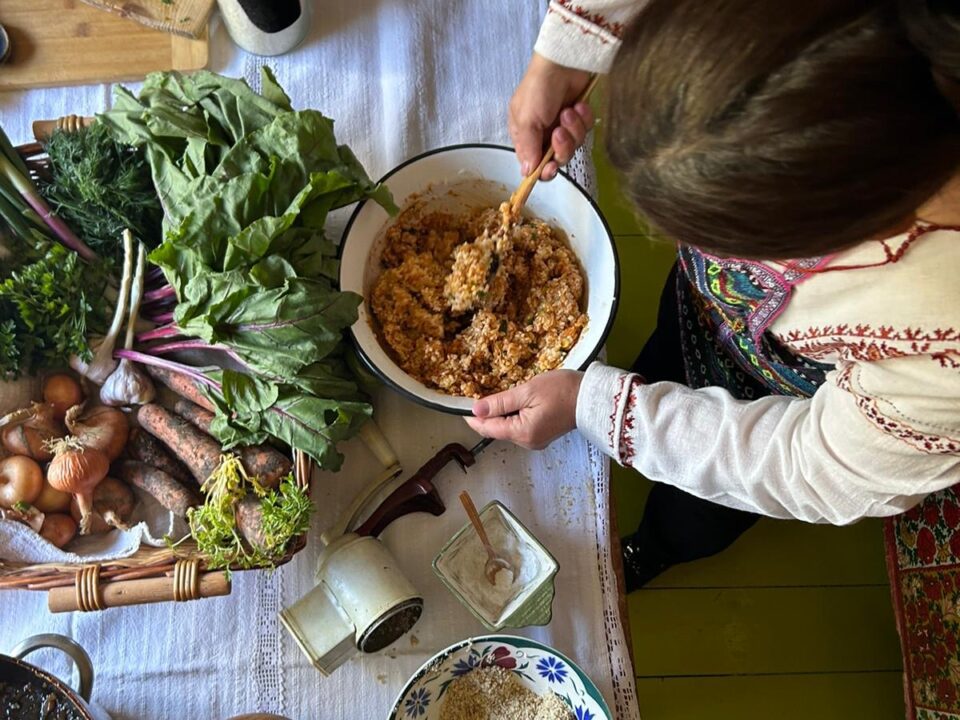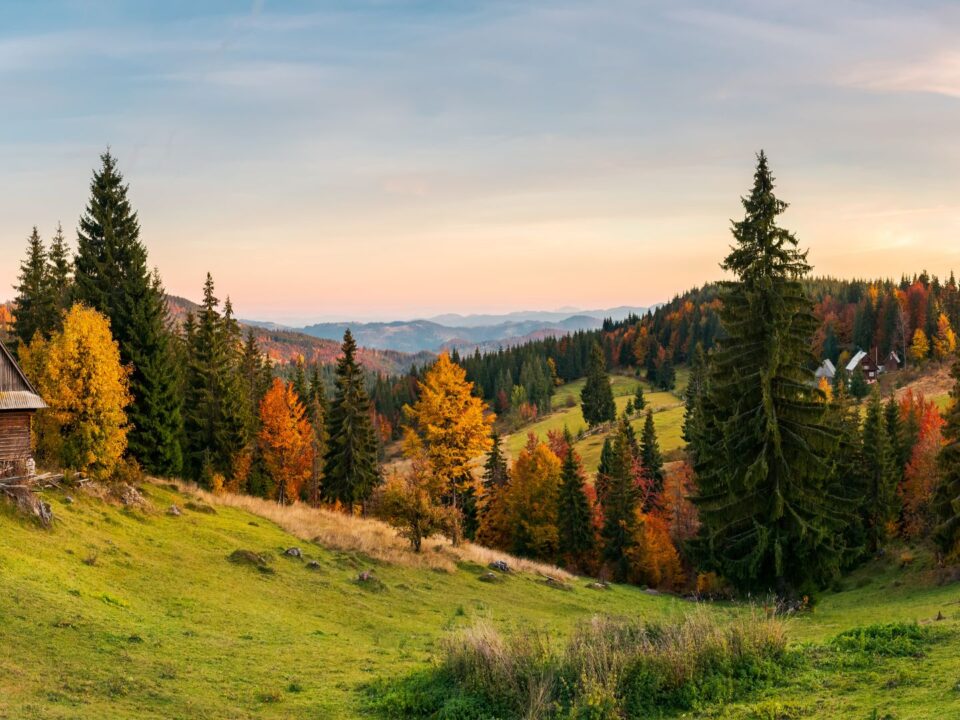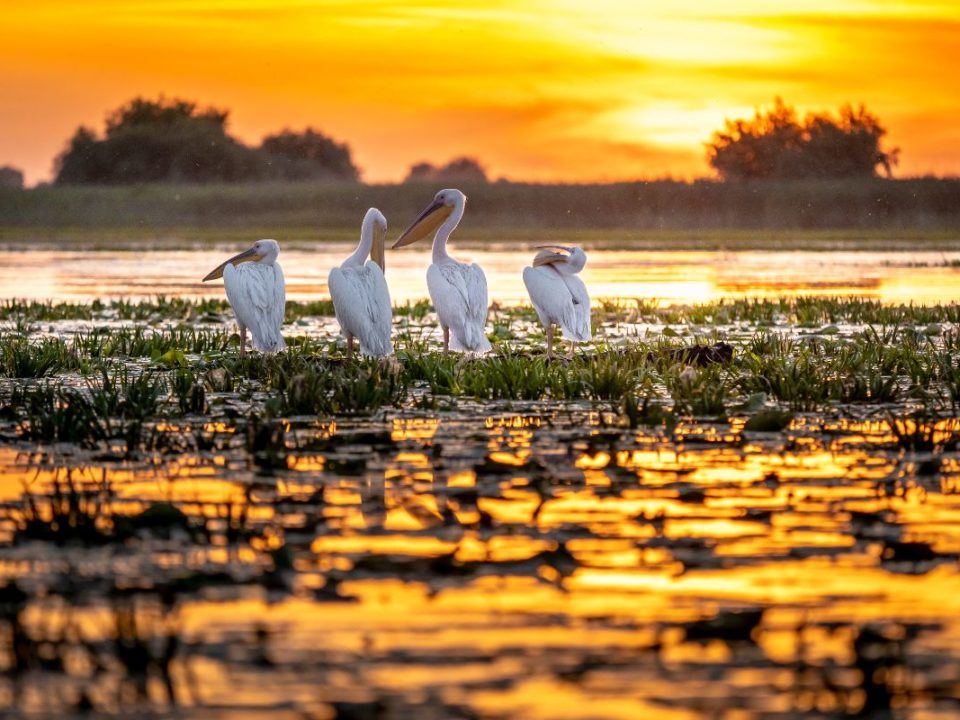How to get your own postcard from Romania
July 28, 2016Surprisingly, Bucovina
August 12, 2016– by Giulia Andreola
Have you ever asked yourself what the capital of Romania looks like? Or even, what could you do there if you were supposed to spend a weekend?
To answer the first question, it is very likely that many of you will associate Bucharest exclusively with the soviet architecture. And you’d be almost right. Partly because there are clearly huge communist blocks of flats all over the city, but for instance many of them have a liberty/art deco influence on their façade, particularly in the centre, which is something that one would never expect. Those in the northern area of the city, instead, are smaller and have been recently painted in bright colours. These last ones are the older ones, those that survived the massive earthquake of 1977. Ceausescu, the infamous communist dictator of Romania, decided to take advantage of the earthquake to build more apartment blocks all around the city, to host the numerous workers he was planning to bring in from the countryside. But, as mentioned above, he built his ‘reception living room’ in the city centre. Humongous boulevards, big, yet ‘elegant’ blocks, fountains and trees everywhere and, of course, the People’s Palace were built as a display of power towards other nations. But also towards his people (do not forget that Romania was never part of the USSR, so he really wanted to show his power to the world, particularly during the times of the Cold War), to show them and the rest of the world the ‘Great Romania’. All these architectonical creations are still here, and only by seeing them you will get the sense of what truly happened during that period.
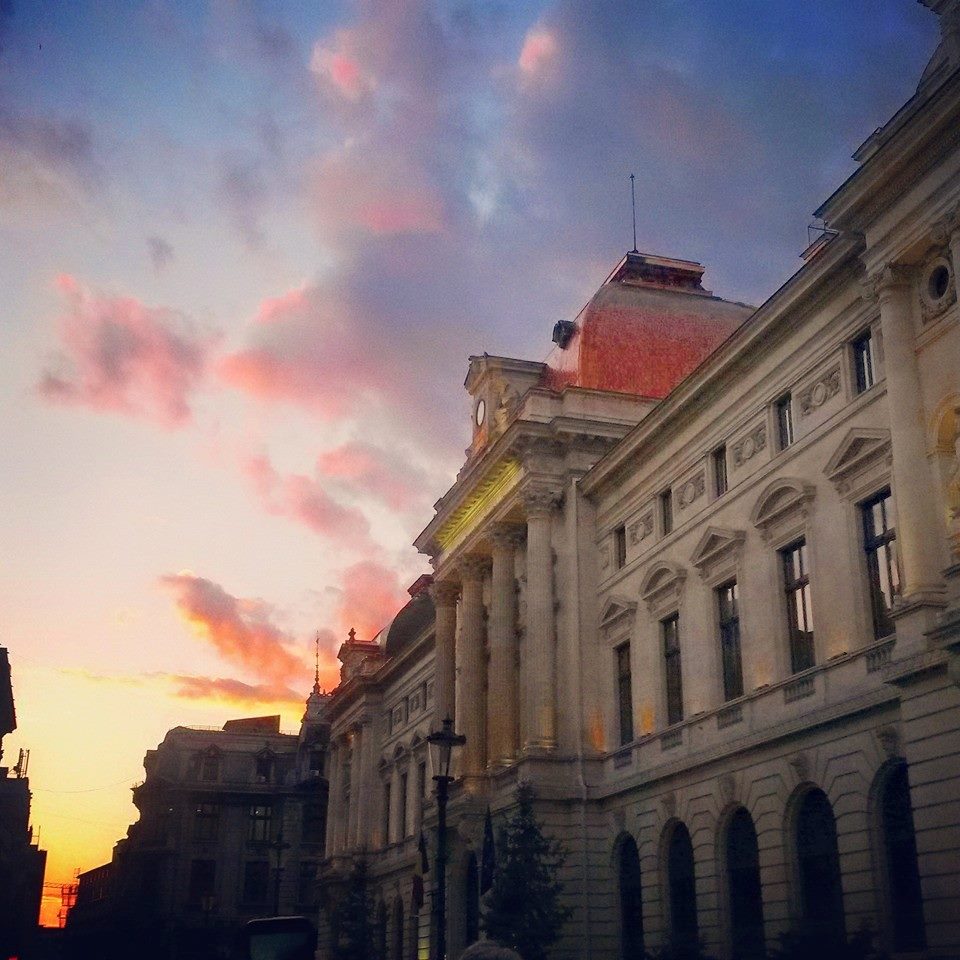
National Bank of Romania, Lipscani
But the history of this city is more than just the communist one. If you are curious to know how Bucharest looked like before the communist times and the contemporary era, you just have to make a left on one of the streets adjacent to Magheru Boulevard while walking towards Roman Square. In that part of the city, in fact, many of the XIX century liberty buildings miraculously survived both Ceausescu’s demolition plan and the earthquake, and today they host embassies, private schools, libraries, language schools and private homes. The majority of them have recently been nicely and elegantly renovated. It is a nest of normal and narrow streets, big villas with small private gardens but big and nice communal gardens with veranda cafes and little kiosks during the warm season. Strolling around this area is mesmerising and makes you feel like travelling back in time, into a romantic and decadent era. It is not a coincidence that during the XIX century and the beginning of the XX, Bucharest was called the ‘Little Paris’ or the ‘Eastern Paris’. Many famous local architects and urbanists of that period studied in Paris and then came back to apply their knowledge by reshaping their capital.
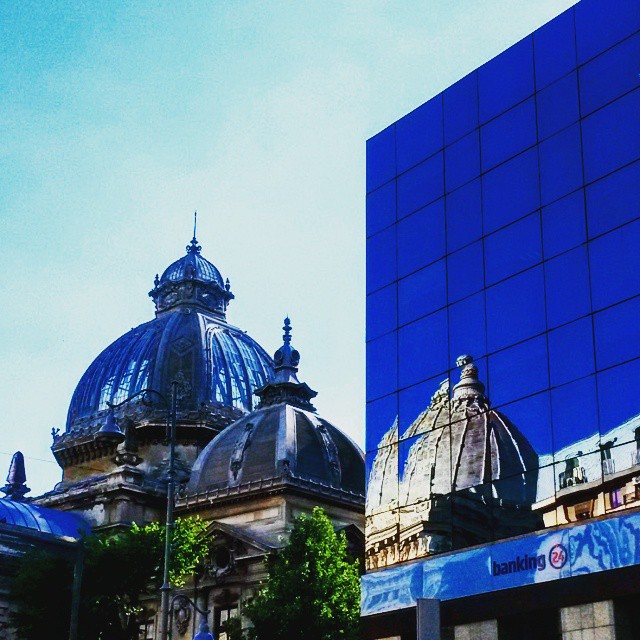
CEC Palace, Calea Victoriei
But if you’ve had enough of history (and we’ll spare you Dracula’s one given our ‘nomen omen’ but also because there’s very little left to see about him in the capital) we still have a huge list of suggestions for you!
Bucharest is probably one of the most cosmopolitan cities in Eastern Europe, and you’ll find there any sort of entertainment suiting any type of personality! Do you like underground bars and music? Then Lipscani area, the pedestrian Old Centre of the city, will be perfect for you! Are you more of a fancy-kind of person? No problem! The Northern area of the city, nearby the parks, is filled with elegant restaurants and fashionable clubs where local VIP and business people hang out throughout the week.
But if you really want to experience the city as the locals do, then we’d definitively suggest you to go to Herastrau Park, particularly during a weekend.
Herastrau is the biggest park of Bucharest, located in the northern area, close to the entrance of the city. What is great about it, is that it is really part of the locals’ daily life. You’ll see mothers crossing it to take their children to school, people jogging, others enjoying their time off by sun-tanning, rowing on the lake, eating or having business meetings in the restaurants facing the lake… basically, a big chunk of the locals’ lives rotates around this place. You too can do everything you want to fully enjoy it: have a boat tour of the lake or ride a bike around it. Try the local meat dish from one of the kiosks (it is called ‘mici’), visit the peacocks, visit the Village Museum (the first museum of this kind in Europe, dating back to 1939) and many, many more.
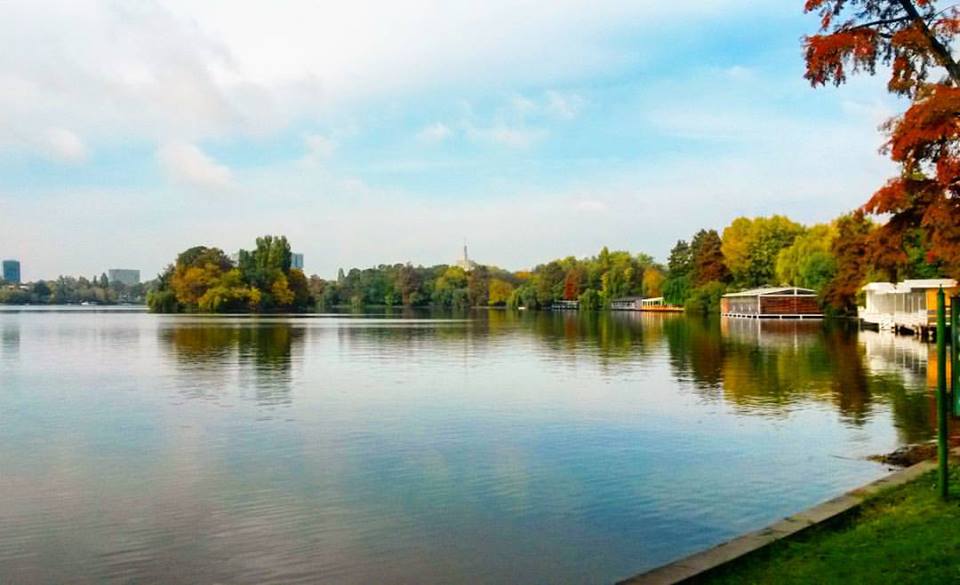
Herastrau Lake
But we want to leave you with one last tip, particularly for those among you who are foodies and bio-food lovers: go and visit Obor Market, in the Eastern part of the city. It is a huge market filled with genuine products from all over the Romanian countryside. In every season, it is filled with people and life and delicious, home-grown, seasonal food. You will just need a guide with you since it is a particularly busy area and it is not easy to reach…. But don’t worry, we will gladly help you with that!
Contact us and we’ll get back with more suggestions according to your preferences, and help you plan your perfect weekend in Bucharest!

